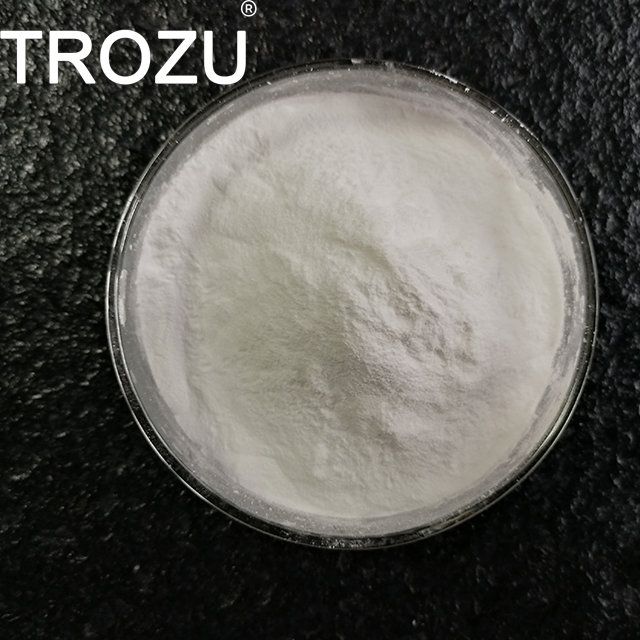发布日期:2018-05-31 浏览次数:3674
The main factors limiting the popularity of electric vehicles include prices, infrastructure,
mileage and safety. In fact, prices, infrastructure and endurance can be made up and
improved in other ways, and security, which is the most important concern of the users
, is also an important problem that the manufacturers of electric vehicles and lithium
batteries must solve.
The electrolyte of lithium battery usually uses organic solvents and is flammable under
overheating conditions. Therefore, adding flame retardant additives in the electrolyte
is one of the most economical and effective ways to improve the safety of the battery.
At present, the main components of flame retardants for lithium ion batteries include
phosphates, phosphite esters, organic halogenates and phosphonitriles.
Alkyl phosphates (such as TMP, TEP, etc.) are the first to study the flame retardants
used in lithium ion batteries, but their viscosity is larger and the electrochemical stability
is poor. It will cause negative effects on the ionic conductivity and the recycling
reversibility of the electrolyte while improving the flame retardancy of the electrolyte.
Using F element to replace H on alkyl to get fluorinated alkyl phosphate
(such as TFP, BMP, TDP), it can improve the reduction stability and flame retardance
effect of the compound. In addition, phosphoric acid cresol two phenyl ester (CDP)
and phosphoric acid two phenyl octyl ester (DPOF) and other aromatic phosphate ester
also has good flame retardant effect.
In addition to phosphorus (V) compounds, P (III) compounds are also effective flame
retardant additives. Compared with phosphorus (V) compounds, P (III) compounds
are more conducive to the generation of SEI films, and the former can deactivate
five PF5. In the phosphorus (III) compounds, three (2, 2, 2- three fluoro ethyl)
phosphite (TTFP) can not only reduce the combustibility of the electrolyte, but
also improve the cycle performance of the lithium ion battery, which is a potential
flame retardant.
Organic halogenated flame retardants mainly refer to fluorinated organic compounds,
including fluorocarbon carbonate, fluorocarbon carbonate and alkyl perfluoroalkyl ether.
Fluorinated organic compounds have high flash point, while fluorine substituted
hydrogen atoms will reduce the hydrogen content and combustibility of the solvent
molecules. Adding them to the organic electrolyte can improve the safety of the
electrolyte. The fluorinated cyclic carbonate compounds, such as CH2F-EC, CHF2-EC
and CF3-EC, have good chemical and physical stability, high flash point and dielectric
constant, which can dissolve lithium salt electrolyte well and mix with other organic
solvents.
Phosphonitrile compounds are small molecules ring or polymer linear phosphorus
nitrogen compounds. Some of the phosphonitrile compounds have good ionic
conductivity themselves. They can be used as the electrolyte of lithium ion batteries,
such as linear polyphosphoritrile containing the side chain of the ethylene oxide,
and the ionic conductivity can reach 10-5S/cm. Moreover, these polymers have
relatively high decomposition temperature (about 235 degrees centigrade) and
moderate heat release. For example, the cyclic phosphonitrile trimer of the oligomeric
ethylene oxide side chain has good flame retardancy while maintaining ionic conductivity.
Although many kinds of electrolyte additives have effect on flame retardancy to
some extent, the addition of additives often has negative effects on other aspects
of the battery because of the properties of the additives, such as the viscosity,
chemical or electrochemical instability. Therefore, in keeping the electrochemical
performance of the battery in all aspects, it is the direction for the future development
of the flame retardant additives for the lithium ion battery electrolyte to develop
the additive with effective flame retardancy.
In addition, thermal polymerization additives are also an important research direction
for the safety additives of lithium ion batteries. The thermal polymerization additives
can be polymerized at a certain temperature (such as 110~150 C), thus blocking the
charge and discharge of the battery, preventing the increase of the battery
temperature and avoiding the occurrence of "heat out of control". The monomers
of thermal polymerization should meet the requirements of good electrochemical
stability and good thermal stability without affecting the lithium ion conduction in
Li ion batteries. At present, there are few studies on this type of thermal polymerization
additives in China, and a lot of research work needs to be done before they can be applied.

Guangzhou XiJia Chemical Co.,Ltd